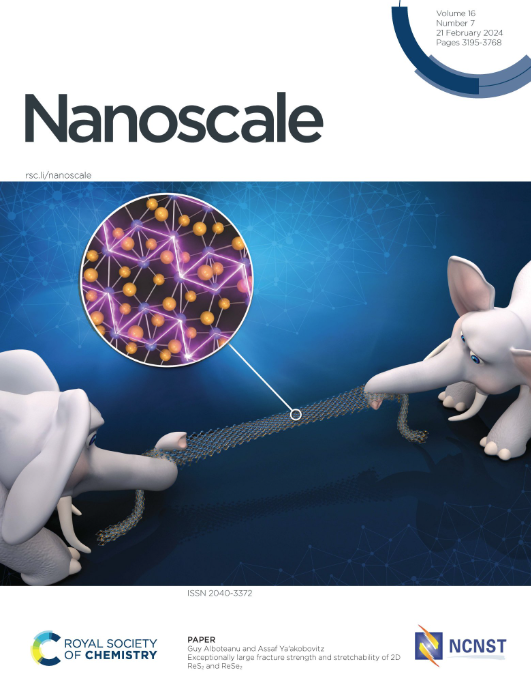Regulation of phenol oxidation into polymeric derivatives ready for flocculation by polyaluminum chloride
IF 5.8
3区 材料科学
Q1 CHEMISTRY, MULTIDISCIPLINARY
引用次数: 0
Abstract
Phenol, a toxic compound commonly found in wastewater, can be removed by iron-tetraamidomacrocyclic ligand (Fe-TAML) and H₂O₂. However, it incurs high costs for Fe-TAML and H₂O₂, while treated water retains high chemical oxygen demand (COD) and CO₂ emissions. To address these challenges, this study proposes converting phenol into polymeric derivatives followed by flocculation. Mass spectrometry (MS) reveals that phenol polymerization precedes polyphenol oxidation in the reaction, with slower reactions favoring phenol polymerization over polyphenol oxidation. It further demonstrates that reducing Fe-TAML dosage can slow down the reaction, thereby increasing the formation of polymeric derivatives at pH 10. Subsequent flocculation with polyaluminum chloride (PAC) effectively precipitates these products. When phenol concentration increases from 100 to 2500 ppm (mass ratio of H₂O₂: phenol: PAC = 10: 10: 1), COD rises from 10% to 19%, while CO₂ emissions decrease by over 45%. Meanwhile, the cost is reduced from 4.616 to3.416 per kg of phenol, as the Fe-TAML/phenol mass ratio decreases from 0.08% to 0.056%. Overall, this strategy is more cost-effective than conventional methods, requiring less Fe-TAML and H₂O₂ while significantly reducing COD and CO₂ emissions.求助全文
约1分钟内获得全文
求助全文
来源期刊

Nanoscale
CHEMISTRY, MULTIDISCIPLINARY-NANOSCIENCE & NANOTECHNOLOGY
CiteScore
12.10
自引率
3.00%
发文量
1628
审稿时长
1.6 months
期刊介绍:
Nanoscale is a high-impact international journal, publishing high-quality research across nanoscience and nanotechnology. Nanoscale publishes a full mix of research articles on experimental and theoretical work, including reviews, communications, and full papers.Highly interdisciplinary, this journal appeals to scientists, researchers and professionals interested in nanoscience and nanotechnology, quantum materials and quantum technology, including the areas of physics, chemistry, biology, medicine, materials, energy/environment, information technology, detection science, healthcare and drug discovery, and electronics.
 求助内容:
求助内容: 应助结果提醒方式:
应助结果提醒方式:


